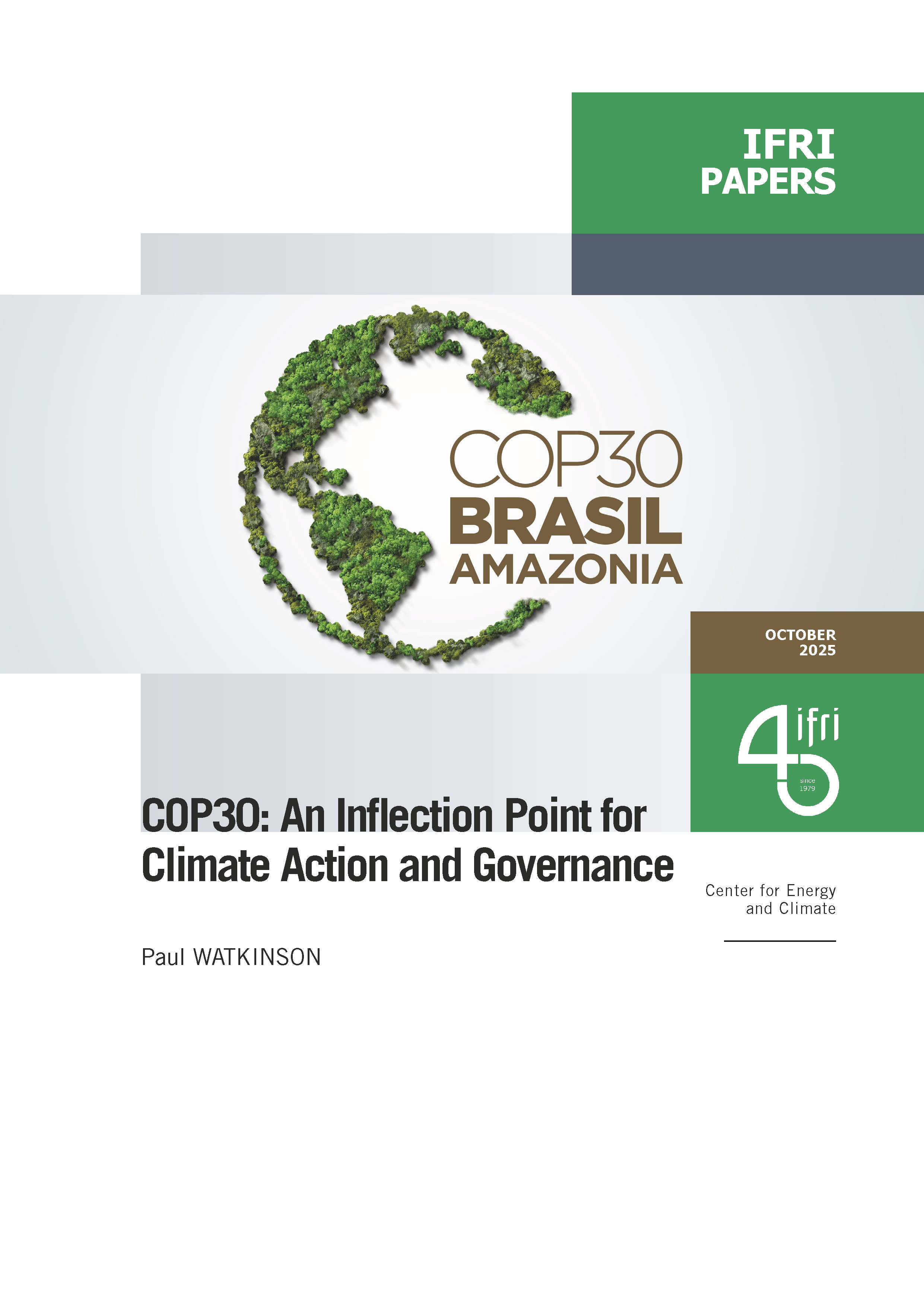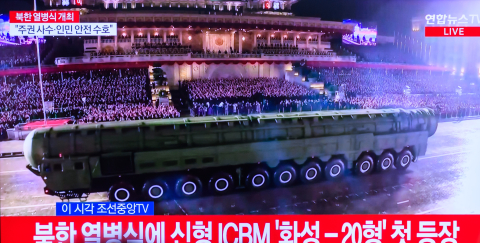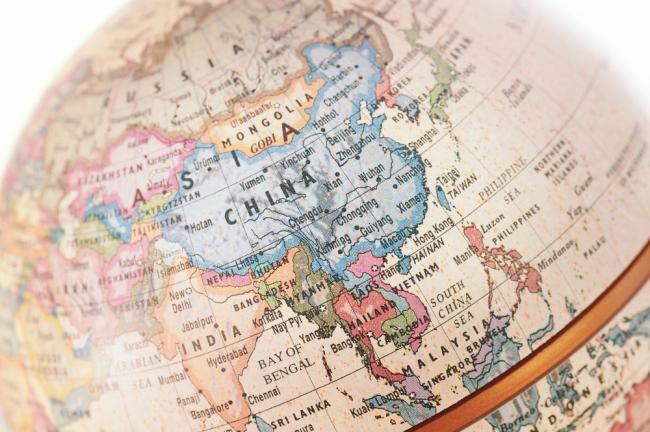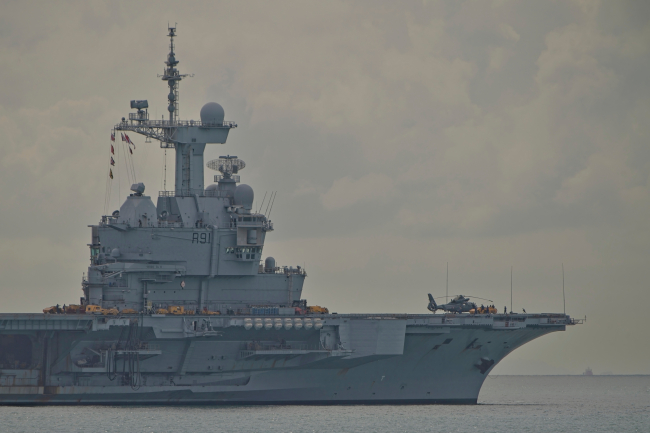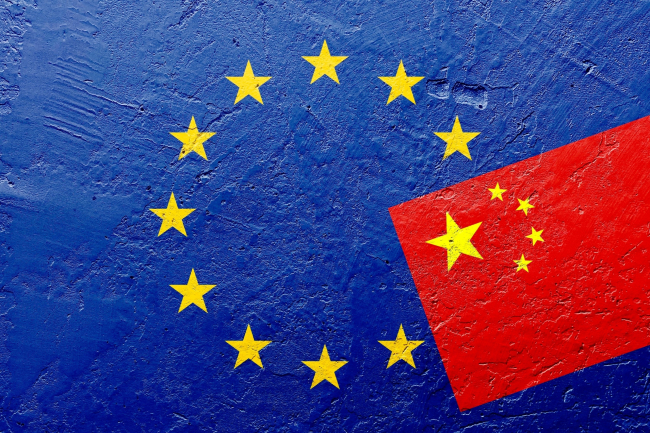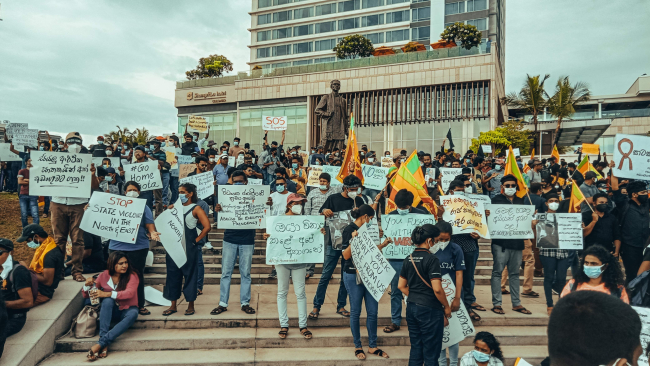India’s Development Strategy with the Pacific Island Countries. Killing Two (or More) Birds with One Stone
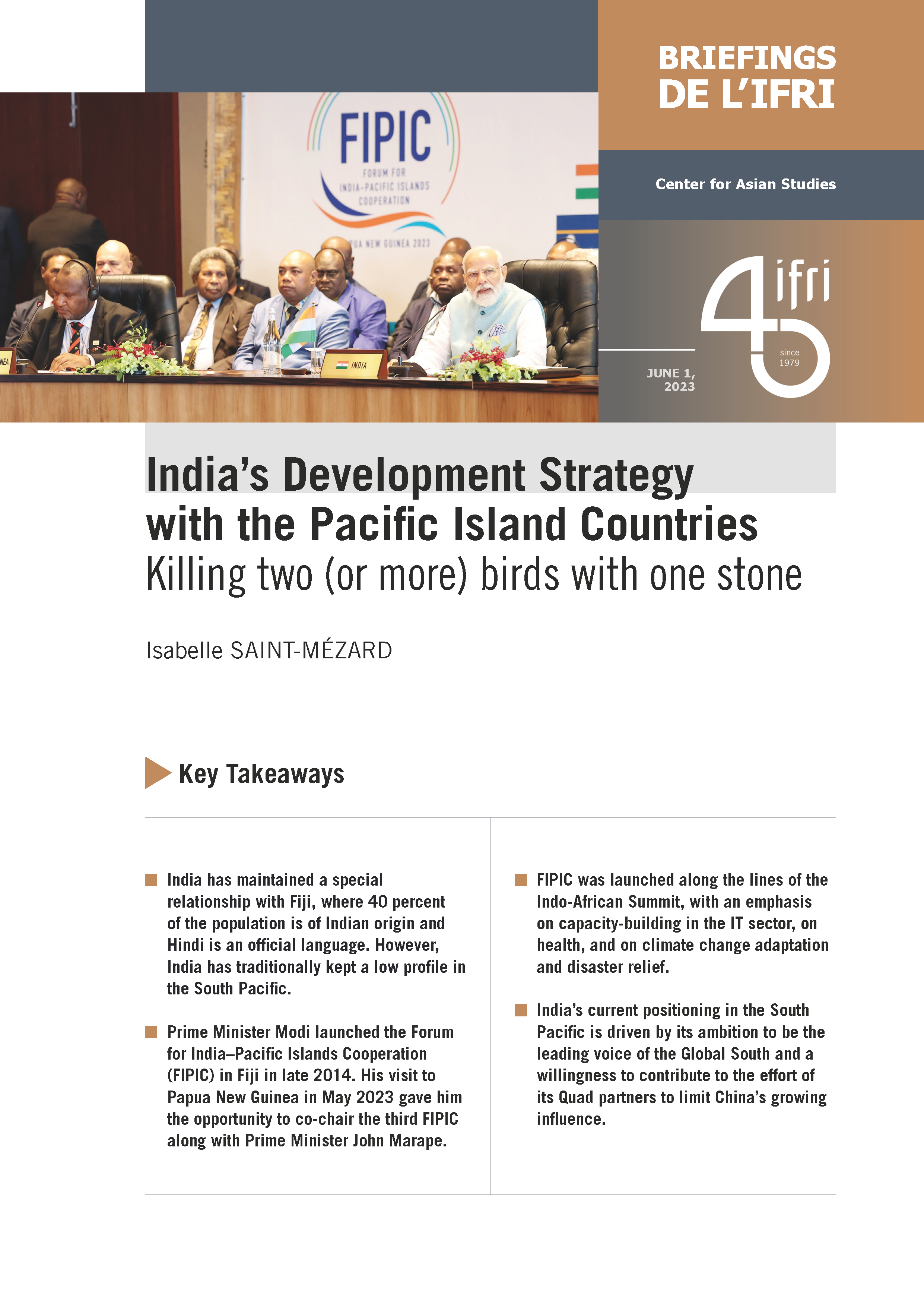
Prime Minister Narendra Modi’s maiden visit to Papua New Guinea (PNG) on May 20-21, 2023, is a testament to India’s international positioning and search for a global role. In Port Moresby, Modi co-chaired the third Forum for India-Pacific Islands Cooperation (FIPIC) and announced a series of steps to enhance development cooperation with its partners of the South Pacific. India’s outreach to the Pacific Island countries (PICs) was clearly in line with its G20 presidency and its campaign to be the leading voice of the Global South.
At the same time, Modi reaffirmed India’s commitment to a free, open, and inclusive Indo-Pacific, opted to contribute alongside the U.S., Japan and Australia to an important telecommunications project in Palau and, more generally, has looked to enhance partnerships with PICs as part of the Quad. Modi’s visit to PNG thus reflected India’s two-pronged strategy of, on the one hand, working with the U.S. and its allies in the Indo-Pacific and, on the other, mobilizing as many countries as possible under the banner of the Global South.
India is no stranger to the South Pacific. It has interacted with the Pacific Island countries in the Commonwealth, the Non-Aligned Movement, and the United Nations system. It has also been a dialogue partner of the Pacific Islands Forum (PIF) since 2006 and has maintained a special relationship with Fiji, where 40 percent of the population is of Indian origin and Hindi is an official language. Nevertheless, India has generally kept a low profile in the South Pacific, as reflected by its rather limited diplomatic presence. While familiar with the socioeconomic and environmental challenges faced by small island developing states, India has prioritized the neighboring island countries of the Indian Ocean in its foreign and assistance policies.

Available in:
Regions and themes
ISBN / ISSN
Share
Download the full analysis
This page contains only a summary of our work. If you would like to have access to all the information from our research on the subject, you can download the full version in PDF format.
India’s Development Strategy with the Pacific Island Countries. Killing Two (or More) Birds with One Stone
Related centers and programs
Discover our other research centers and programsFind out more
Discover all our analyses
Opening up the G7 to South Korea to Address Contemporary Global Challenges
The G7’s global influence has diminished as powers like China reshape international governance through initiatives such as BRICS and the Shanghai Cooperation Organisation (SCO). With the G7 now representing just 10 per cent of the world’s population and 28 per cent of global GDP, its relevance is increasingly questioned.
Expanding SPDMM as a pivotal institution in the Pacific – A French perspective
The South Pacific Defence Ministers’ Meeting (SPDMM) is the only forum that brings together defense ministers from the wider South Pacific — including Chile, which is hosting it for the first time. This heterogeneous group of countries with varying resources, capacities, and interests — Australia, Chile, Fiji, France, New Zealand, Papua New Guinea (PNG), and Tonga — are united by their shared determination to strengthen cooperation on maritime security and humanitarian assistance and disaster relief (HADR) activities.
EU’s Derisking From China: A Daunting Task
With economic security as a major concern, the EU has recently turned to “derisking” from China. The EU strategy entails reducing critical dependencies and vulnerabilities, including in EU supply chains, and diversifying where necessary, while recognizing the importance and need to maintain open channels of communication.
Sri Lanka’s NPP Government. From System Change to Structural Compliance
In September 2024, a relative outsider to Sri Lanka’s two-party-dominated political system, Anura Kumara Dissanayake, won the presidential elections. The anti-establishment, populist movement he represented, the National People’s Power (NPP), went on to receive an overwhelming mandate in the November 2024 general elections, winning 159 seats in a 225-member parliament.



